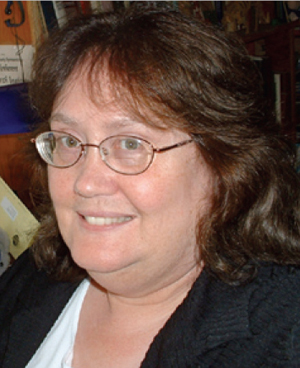Early on in the life of BPI we offered a few “closer” pages that we called “Defining Moments.” It was to be a forum for distinguishing between terms that are misused and for proposing new definitions for new approaches. In fact, because one particular topic came up again in a conference I attended this past January regarding the terms analytical and bioanalytical, we decided to revisit one of these entries from 2005 (with a few updates from the author) on our last page this month.
Agreement on terminology (which I’ve talked about before) is only part of a larger issue — not a new one, but one that is compounded by the prevalence of Internet publications and proliferating forms of social media. I do enjoy using some of these outlets, and they can be powerful publication and advertising tools. But anyone can so easily present him- or herself as an “expert,” and it is all too easy for a shady group to create a legitimate-looking Internet site and frame itself as a reputable source. I have several friends and acquaintances who are the first to alert me to the latest “phishing” schemes and check out potential spam through Snopes.com — but who, ironically, will swallow “fishy” medical advice from the Internet hook, line, and sinker. I’ve tried to argue at times that a particular “fact” can’t possibly be right, only to be assured that it must be true because the site where it appeared invoked some recognized authority.
We have seen tragic results when unsubstantiated research conclusions become accepted public “lore”: Just read the history of the thimerosal controversy for a sad example. And products as well as information can be “counterfeit,” as discussed in last month’s Elucidation, in which a legitimate pharmacy acquired counterfeit insulin.
As the biopharmaceutical industry moves toward successful launches in the regenerative medicine arena, it has an even more pressing mandate to monitor and guide the messages it sends out to the public. It can be as simple as checking your sources (as we try to do with BPI article references) and ensuring quotations from primary sources. In my “former life” I more than once stumbled upon oft-cited critical literary essays that had never actually existed — yet through secondary citations took on lives (and even a certain legitimacy) of their own. Although no one is likely to die from faked Kafka scholarship (I hope), when medical subject matter can be arcane, confusing, and frankly just a bit scary to a lot of people, we all have an opportunity to do as much harm as good in presenting it to them. Ethical discussions can be difficult to frame, and fearmongering can overwhelm reasoned discourse.
I would like my message to be more profound than “pay attention,” but there you have it. That is pretty much it. It falls to all of us to pass along such words of caution — and to help our friends and family members separate fact from fiction and avoid placing themselves at unnecessary risk.


